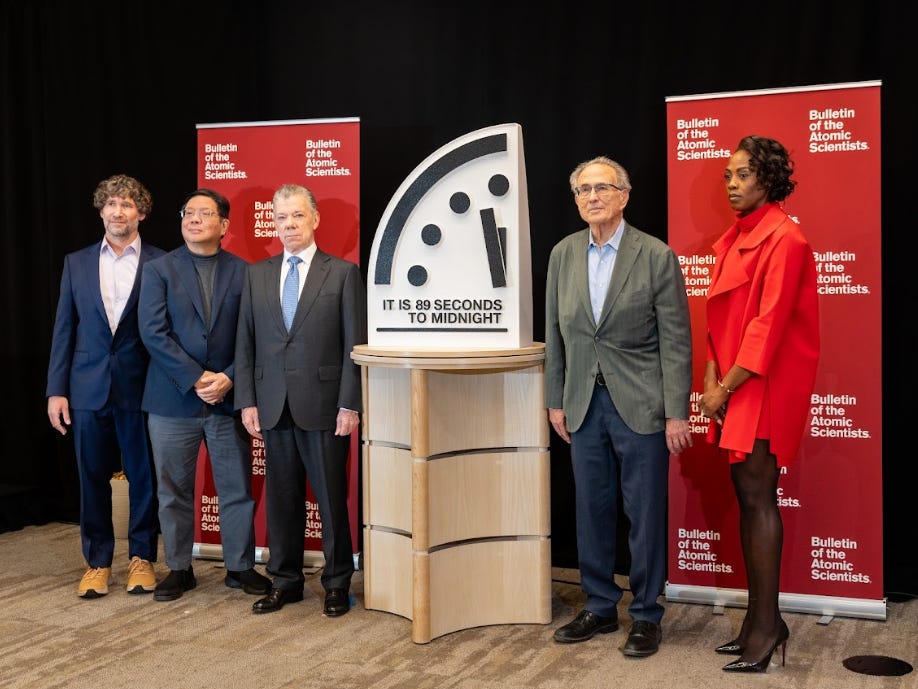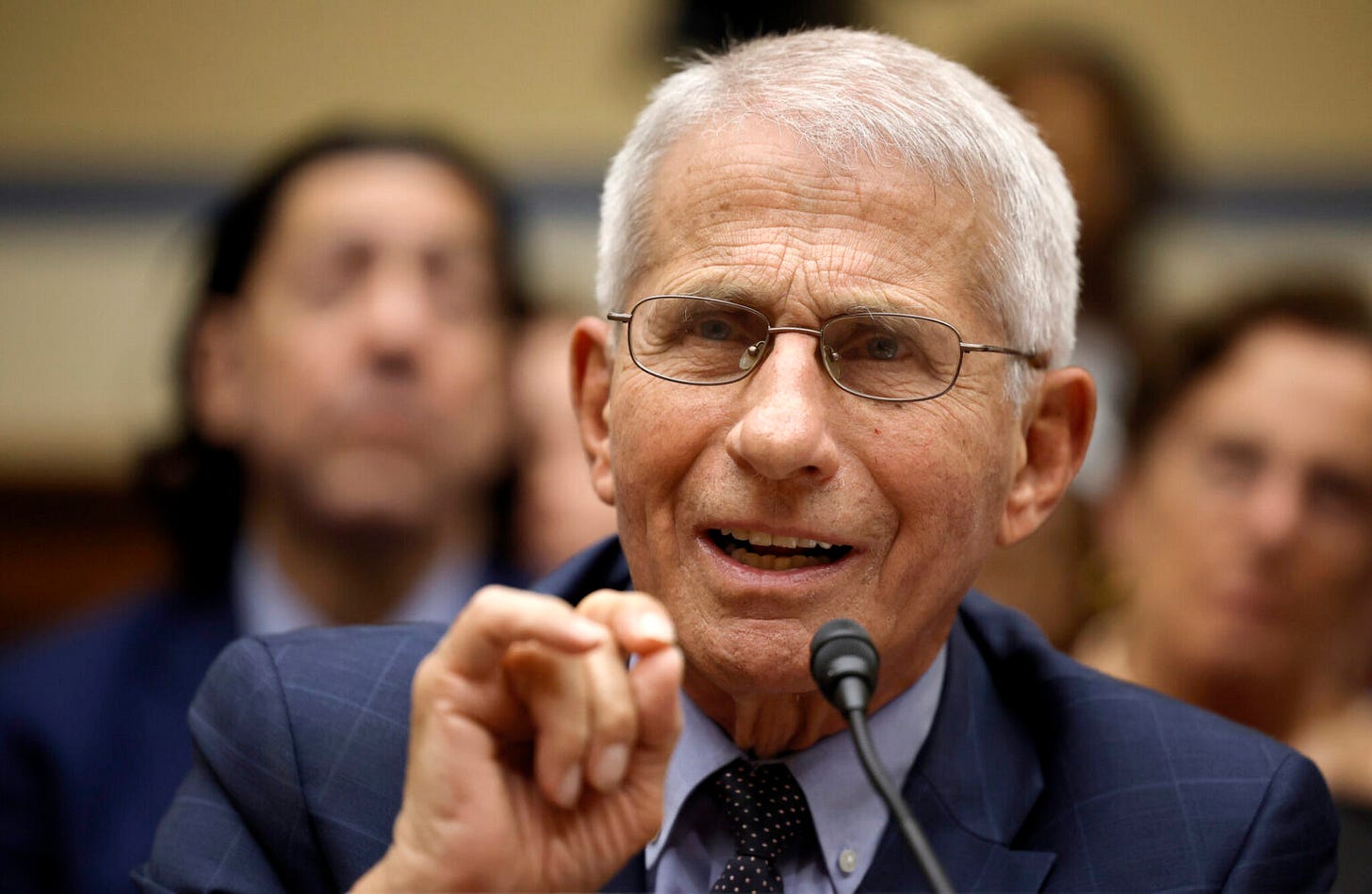Doomsday Clock now set at 89 seconds to midnight reflecting the world is closer to nuclear war
“Humanity Edging Closer To Catastrophe”: Iconic Doomsday Clock moves one second closer to midnight as global existential threats rage. Clock factors include nuclear weapons, climate crisis, artificial intelligence, infectious diseases, and conflicts in Ukraine and the Middle East.
The Doomsday Clock is a symbol that represents the estimated likelihood of a human-made global catastrophe, in the opinion of the members of the Bulletin of the Atomic Scientists. The Doomsday clock was a prominent metaphor for how close the world is to nuclear Armageddon during the Cold War, and has continued until the present day. The Doomsday Clock is set by the Bulletin of Atomic Scientists. It reflects the urgency of issues that need to be addressed.
The announcement made in Washington on 28th January puts the Doomsday Clock at the closest to midnight than it has ever been since its beginning in 1947.
Two decades ago, the changing of the Doomsday Clork would have been front page news on the legacy media. There would have been all sorts of analysis in Op Eds.
The reasons for the change came from issues above, mentioned as nuclear weapons, climate change, artificial intelligence, infectious diseases, and the conflicts in Ukraine and the Middle East.
The committee were very concerned about the breaking down treaties between countries. The Oreshnik Russian intermediate-range missile ballistic missile was (IRBM) development was a direct result of the last Trump administration cancelling the bilateral agreements Russia had with the US. The withdrawn ratification of the Comprehensive Nuclear Test Ban Treaty, the rapid expansion of the Chinese nuclear arsenal, and a growing narrative that the use of theatre based tactical nuclear weapons in limited warfare is alarming.
There is a concern that later generations than Baby-boomers and Gen-X don’t have the memories of the development of thermonuclear weapons and their real destruction capabilities. This potentially makes it more likely some field commander in the future could resort to such weapons.
The Biden administration’s attitude towards Ukraine has pushed the Russo-Ukraine conflict across Russian ‘red lines’. NATO’s expansionism has been escalating the conflict, potentially turning something isolated to a region of the former Soviet Union to something continental. Likewise, war in the Middle East has on a few occasions threatened escalation.
Its still too early to tell whether a change in the administration in Washington will have any positive influence on both situations.
The Bulletin of Atomic Scientists brought attention to the biological threats to the world posed by research into infectious diseases. As was seen with the Covid-19 pandemic, evidence is now beginning to point clearly towards the virus being a genetically modified one through “gain of function’ research.
Its now most likely that the Covid-19 virus was actually artificially developed at biological laboratories at the University of North Carolina, and transferred to the Wuhan Institute of Virology for testing on bats. There was a likely accidental release of the virous there in Wuhan.
Dr Anthony Fauci was recently granted a US presidential pardon dating back to 2014. We can only speculate if the pardon was intended to cover his involvement with ‘gain of function’ research, banned during the former Obama administration.
Pardoned Dr Anthony Fauci, the man with the answers.
As the Bulletin of Atomic Scientists noted, there is a growing abundance of pathogen laboratories around the world, thus providing more probabilities that a laboratory leak may occur, only with a more deadly pathogen next time.
The Bulletin of Atomic Scientists is also concerned with disruptive technologies like artificial intelligence. Herb Lin, ScD, SASB Member, Bulletin of the Atomic Scientists, and senior research scholar for cyber policy and security at the Center for International Security and Cooperation and Hank J. Holland Fellow in Cyber Policy and Security at the Hoover Institution at Stanford University, said: “Proposals to integrate artificial intelligence into weapons of war raise questions about the extent to which machines will be allowed to make or support military decisions—even when such decisions could kill on a vast scale. Even if a human always make the final decision on the use of nuclear weapons, how and when, if at all, should AI be used to support such decision making? How should we think about lethal autonomous weapons, which identify and destroy targets without human intervention? Meanwhile, ever-increasing dysfunction in the world’s information ecosystem disrupts society’s capacity to address difficult challenges, and AI has great potential to accelerate the chaos and disorder.”
The convergence of AI and robotics. Are we sure where we are heading?
The bottom-line is human management and decision making. That’s the real concern. As new generations are taking over the leadership of the world, the examples we have seen to-date don’t look good for humanity.
Subscribe Below:







